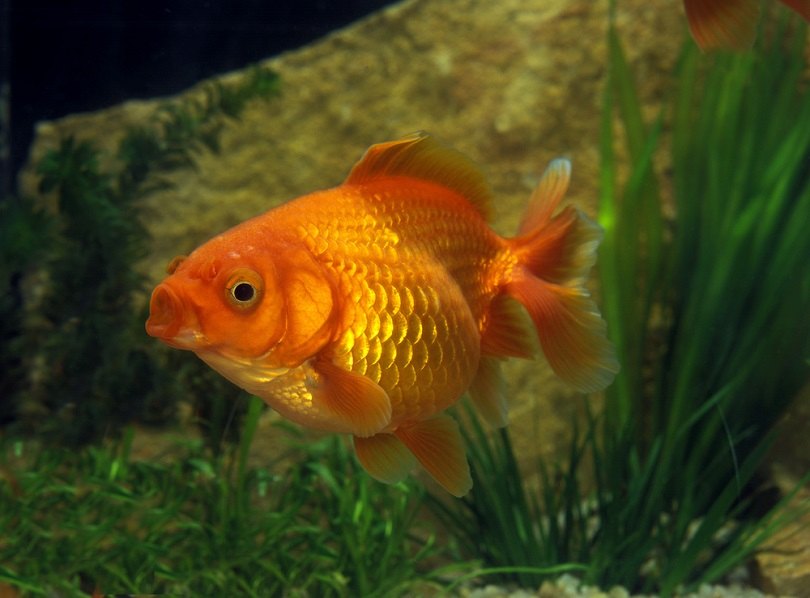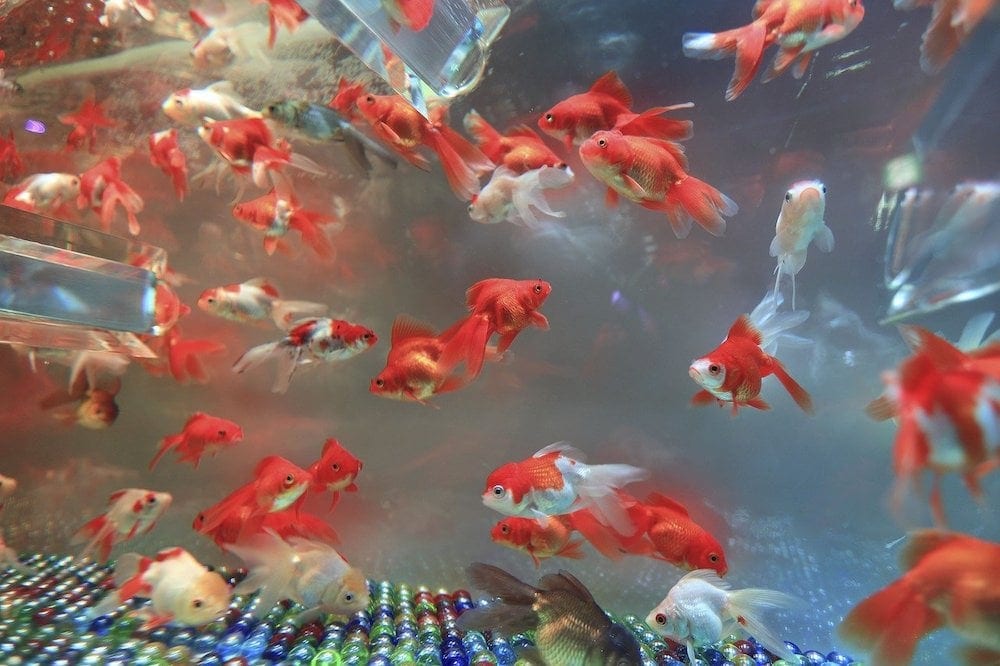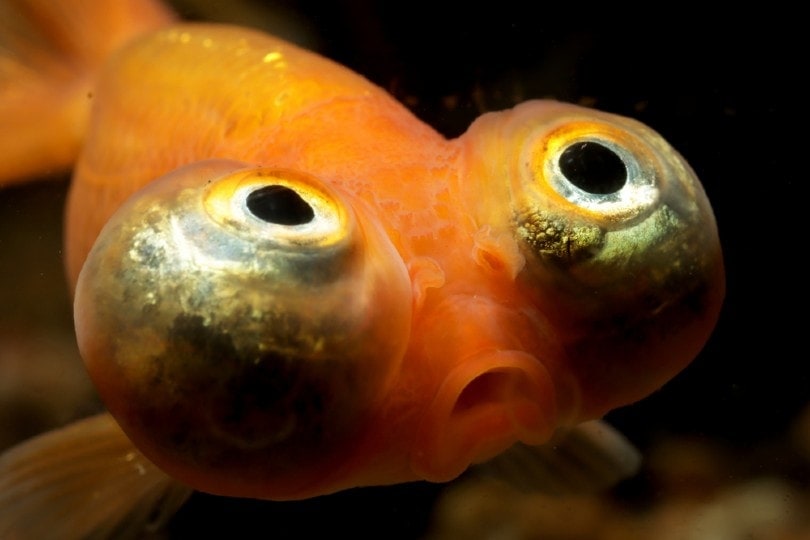20 Helpful Aquarium Hacks For a Joyful Fish-Keeping Journey

Updated on
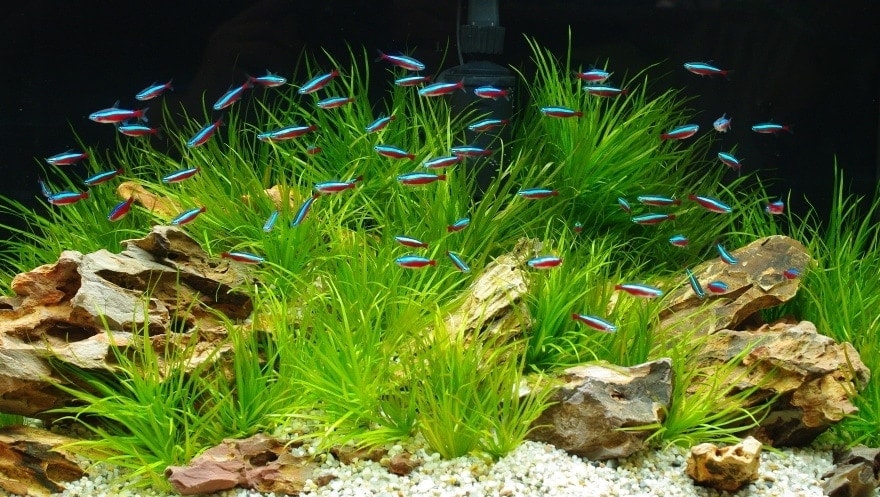
Making your aquarium experience more convenient is important, allowing you to enjoy the tank without all the hassle. Creative hacks make it easier for you to do even the simplest of tasks much faster Not only do these aquarium life hacks take the hassle out of aquarium maintenance, but also save you money. Instead of purchasing expensive products, you can make them at home using various DIY methods.
We have put together this article to enlighten you on some valuable aquarium hacks that will help you have a positive aquarium-keeping experience!
The 20 Helpful Aquarium Hacks
These hacks cover all the basic work that covers cleaning your aquarium, water testing, DIY algae removers, and tips and tricks to make the hobby money-saving friendly.
1. Gravel Vacuum or Siphon
Gravel vacuums are one of the most popular aquarists’ life-changing hacks. Instead of hauling heavy buckets into and from your aquarium when doing water changes, you can invest in an affordable product that does it for you. The siphon is a popular water changing system that uses gravity and suction to move the water from the aquarium into either a bucket or water disposal system like a sink.
They come in a variety of sizes and at different prices depending on the overall quality and design. It makes them able to fit most aquarists’ budgets. Not only does it help limit the amount of bucket hauling, but the siphon removes debris from the gravel that the bucket method is unable to achieve.
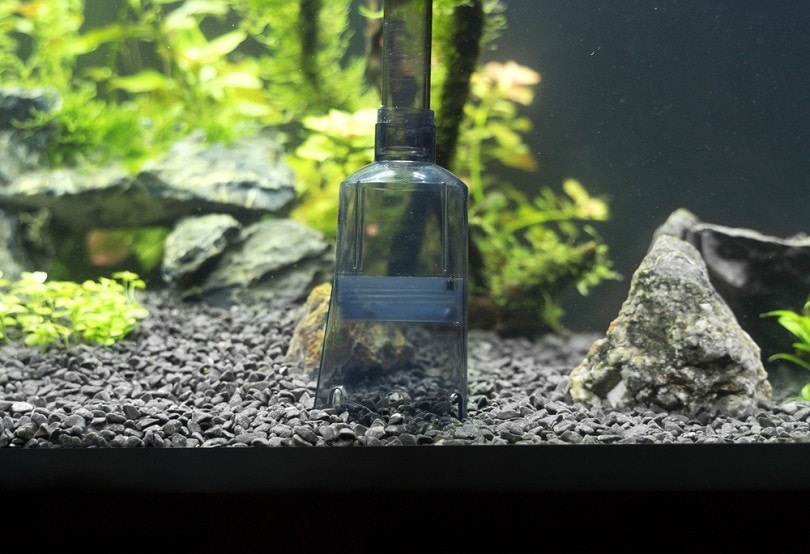
2. Water testing
One of the most important aspects of an aquarium is to ensure the water is right for your inhabitants. Water testing is made easy by using liquid testing kits before a water change. Most aquarists worry that a spike in ammonia, nitrites or nitrates may occur. By regularly making use of a water testing kit, you will know when to do a water change. Saving you time from excess water changes when the parameters are correct.
A general safe zone to keep your water conditions is 0 ppm ammonia, 0 ppm nitrite, and under 30 ppm nitrate.
3. Magnetic Algae Wiper
A dreaded sight is to see algae bloom across the glass of the aquarium. Here is an affordable method to make your very own algae wiper for your aquarium.
- Cut up a cheap and clean sponge into the desired shape and size you want. Make sure it is cut thin for the magnet to be strong enough.
- Purchase two small magnets with a fairly high magnetic attraction (~100 gauss, roughly equivalent to a very strong refrigerator magnet).
- Apply the one magnet to the back of the sponge using aquarium safe glue.
- Attach the second magnet in the front of the aquarium.
- Place the magnet with the sponge to the inside of the aquarium.
- The magnets should connect through the glass and you now have a DIY algae wiper.

4. Apple Cider Vinegar
Finding natural alternatives to clean your aquarium and decorations is tricky. Most aquarists recommend a diluted bleach solution. Bleach is a harsh substance to both humans and animals alike. Apple cider vinegar is a great substitute for bleach. Soaking your aquarium decorations and washing the aquarium in apple cider vinegar is a great natural cleaning method.
5. Live Plants
Live plants mimic the use of a filter. They readily absorb harmful substances in the water like ammonia, nitrites, and nitrates. Adding live plants into your aquarium can help keep the water cleaner for longer, which means you will not have to change the water as often.

6. Light Timer
It can be a hassle to have to strictly turn your aquarium lights on and off every day. Fish require a day and night period which can be mimicked with artificial lights. Purchasing a light timer will make maintaining a stable day and night period easier. Set the timer to when you want the lights switched on followed by the time you want them to automatically switch off.
7. Clamp for Siphon
When doing water changes, it is hard to hold the end of the siphons tube into the bucket while trying to hold the main part into the aquarium. To make water changes easier, you can use a standard hardware clamp to hold the tubing in place against the glass. Your main focus will be to ensure the water drains into the bucket.
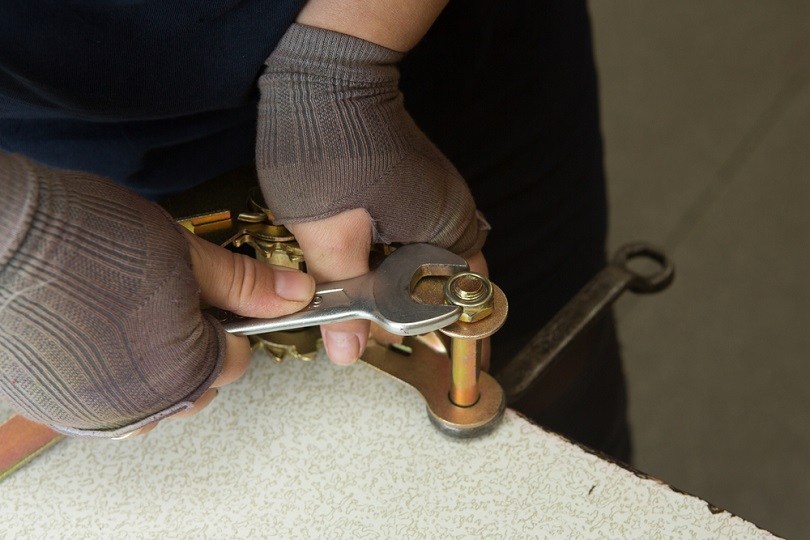
8. Toothbrush Algae Scrubber
A common and frustrating problem among aquarists: the dreaded algae bloom in their aquariums. Not only are algae stubborn and hard to remove from surfaces, but they can ruin the overall appearance of the aquarium. You can use an old or new toothbrush to scrub algae off the glass and decorations.
9. DIY Filter
Due to there being not many options of filters to fit into round aquaria such as bowls and biorbs, we will be showing you how to make a DIY filter that is just as effective as standard filters.
- A small jewelry mesh bag with tightening strings to close the top
- An air pump with tubing attached to an air stone
- Carbon filter media
- Filter wool
Place the air stone at the bottom of the air stone, followed by a layer of filter wool. Proceed to place a layer of carbon media followed by another layer of filter wool. Pour Seachem stability into the mesh bag and pule the drawstrings close around the airline tube. When you plug in the air pump the bubbles will push a flow through the media and work just as effectively as other canister filters, without the awkward shapes.

10. Plant Weights
Keeping your plants to stay put in the tank without being uprooted and floating around in the water. Attaching the plants to plant weights that are covered under the substrate will keep your plants in place.
11. Ammonia Chips
One of the most underrated aquarium water savers is ammonia chips. These chips resemble a flat and uneven, rocky texture. Ammonia chips absorb ammonia as well as being porous enough to host a colony of beneficial bacteria. A small amount placed in the filter will keep the ammonia levels below 0ppm. It is especially good for fish in nitrogen cycles.
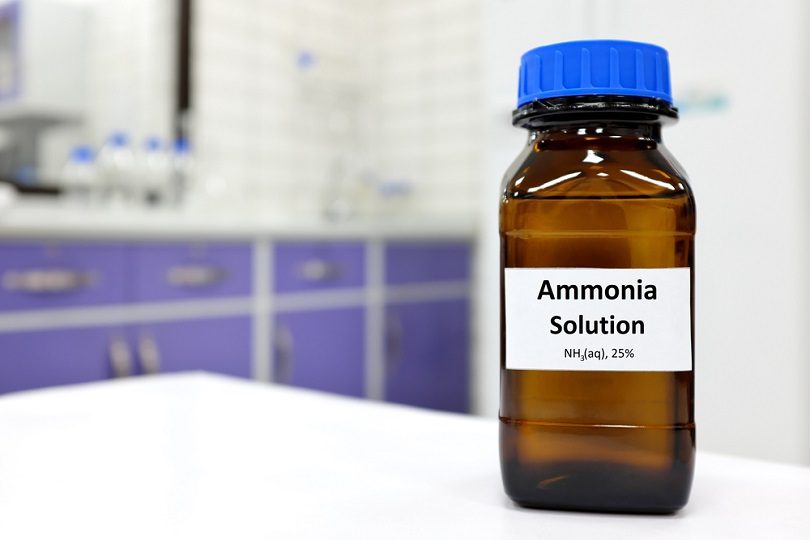
12. Earbud (Q-Tip) for Small Tubes
It is hard to clean debris and algae out of small aquarium tubing. An earbud (Q-tip) will be a lifesaver in this situation. Use a pure cotton earbud to scrub the inside of small tubing or small areas in a filter.
13. Let Tap Water Sit Overnight
Letting your tap water sit overnight in buckets will lower the concentration of chlorine in the water through evaporation. This will help you to save on the amount of dechlorinator you would use. This saves you money as quality dechlorinators can be pricey.
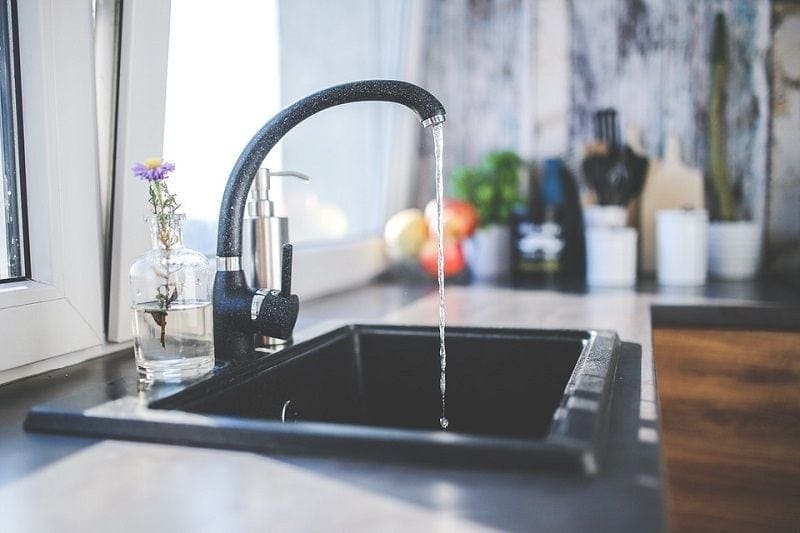
14. Label and Color Code Fish Food Jars
For those of you who have a variety of aquariums and fish, it can be difficult to remember what food should be fed in which aquarium. To make it easier, place the food in jars that are labeled and color-coded. Placing a colorful sticker on the aquarium and the same color sticker on the jar can help to make it simple to feed your inhabitants.
15. Pantyhose for Siphon
If you use a siphon to do water changes, there is a risk you may suck up smaller fish or young snails. Placing a pantyhose over the top of the entrance to the siphon ensures you are only taking in water and the holes will be too small for fry or baby snails to fit into.

16. Food Sinking Methods
Most commercial fish foods do not sink. This can be a problem for fish that should not take in air from the surface when eating. The common practice of so, you can king the food in water can make it lose valuable nutrients. There is another way! Place the food by the output of the filter, this will create a vacuum into the water and the food will be pushed below the surface. If your filter is not strong enough, use a cup full of the tank’s water to push the food down.
17. Chloramine Neutralizer
Soaking orange peels while boiling the water on low heat will remove chloramine (chlorine and ammonia in tap water) in 30 minutes. Depending on the size of the aquarium, this can be a great alternative to dechlorinators if you happen to find out you have run out and cannot get more at the moment.
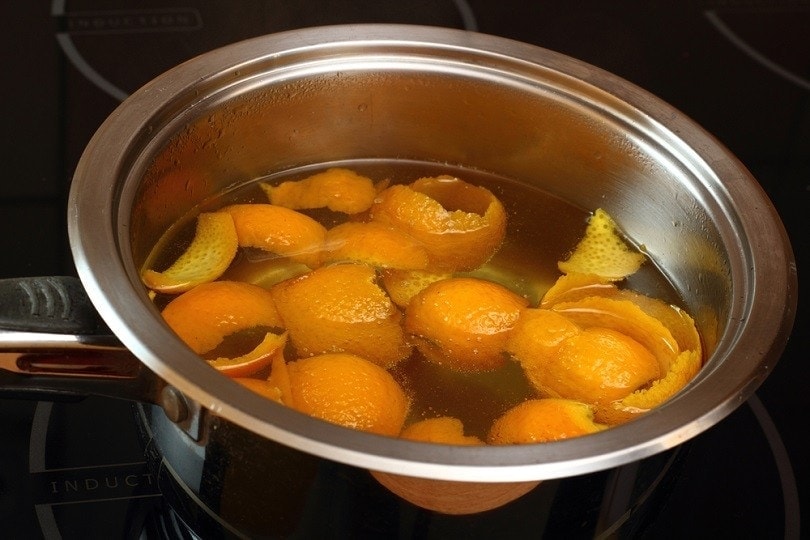
18. Business or Playing Card Algae Scraper
You can use a business or playing card to scrape algae off the glass of the aquarium. This is a safe and scratch-proof method to use. Take a thick card and scrape the algae vigorously from the pattern of growth.
19. Overfeeding Solution
If you find you must keep adding more food to your tank because some fish get to the food faster, an easy solution is to feed small amounts in various areas of the aquarium. This ensures the fish do not have to cluster and compete for food. They each get a spot to eat the food. It will save you from having to overfeed to ensure each fish gets enough food.
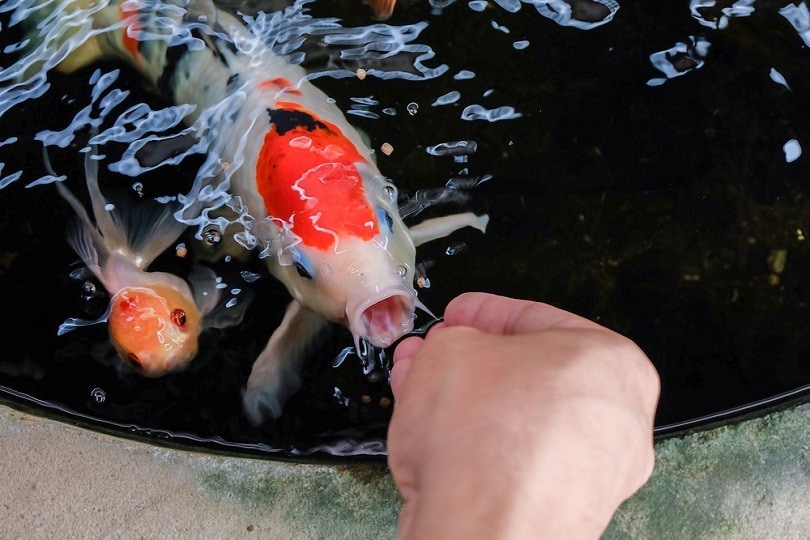
20. Debris Remover Net
If you have accidentally fed too much food, using an aquarium net is a great method to scoop up as much of the food or debris as you can.
Conclusion
We hope you have found some of the hacks helpful. Our priority is to ensure you have a joyful fish-keeping journey and making it easier for you to maintain your aquarium. These hacks save you time and money when looking for simple alternatives to a variety of situations that may occur.
See also:
Featured Image Credit: Dobermaraner, Shutterstock

